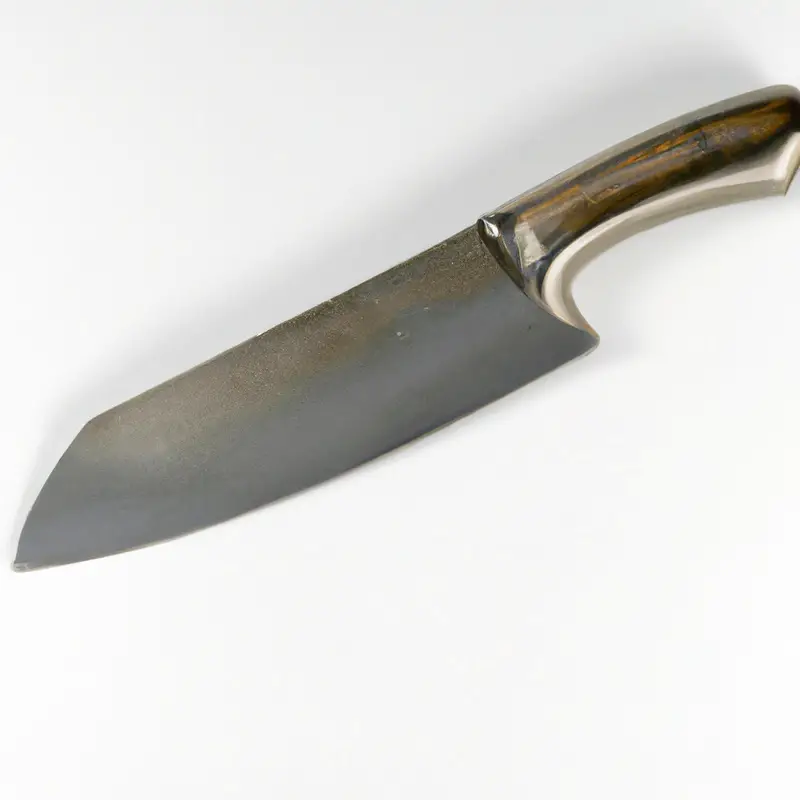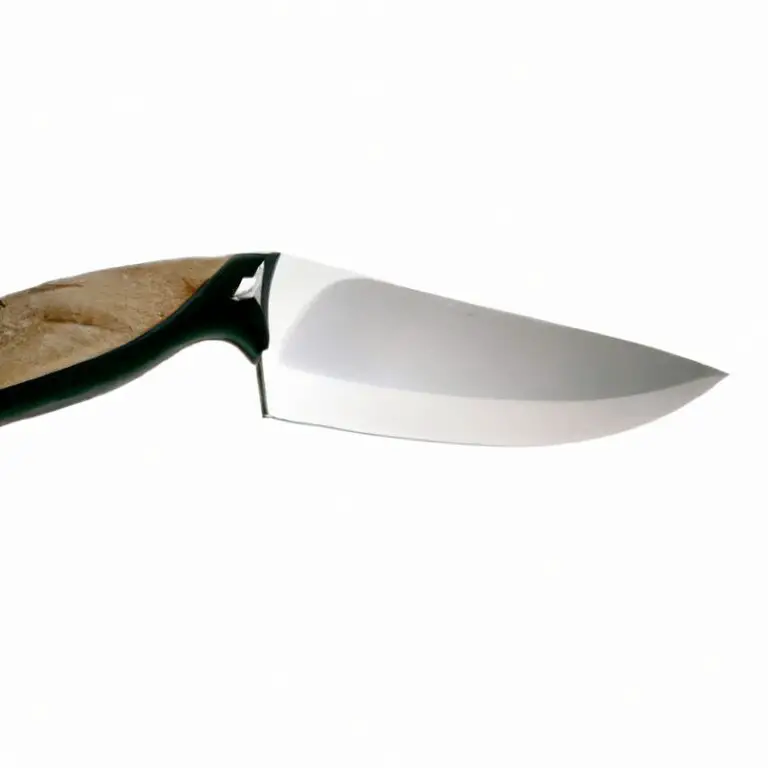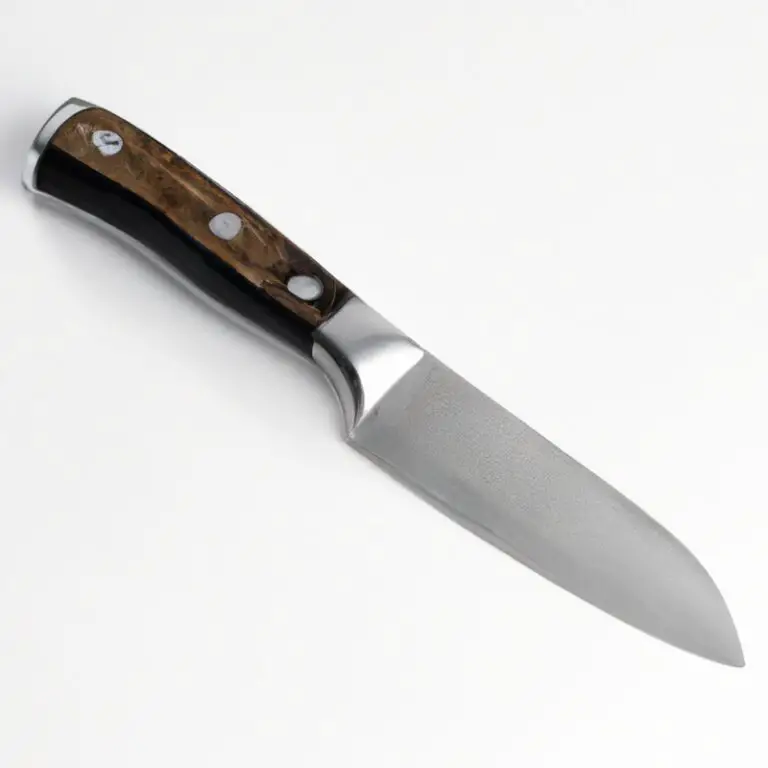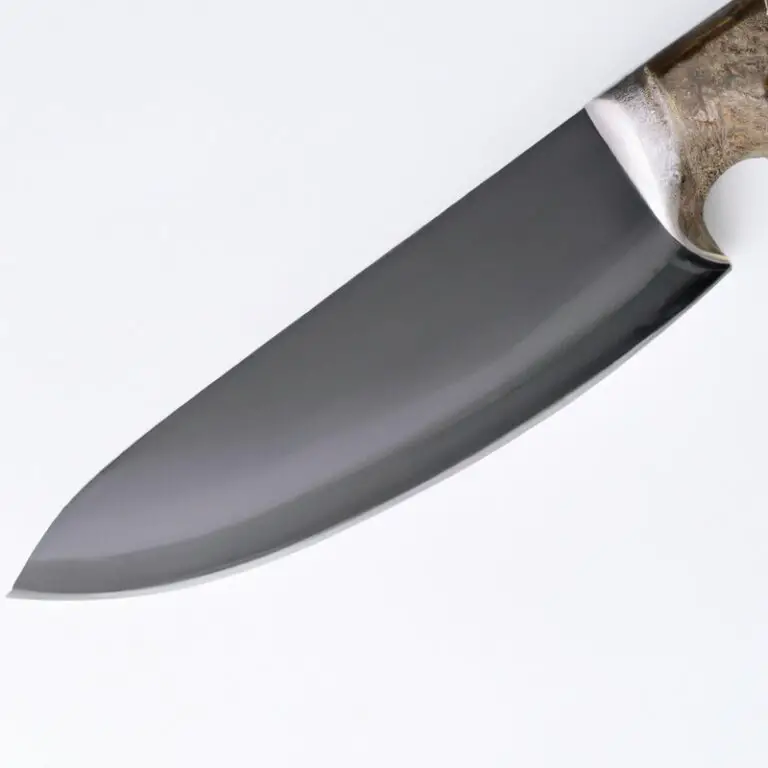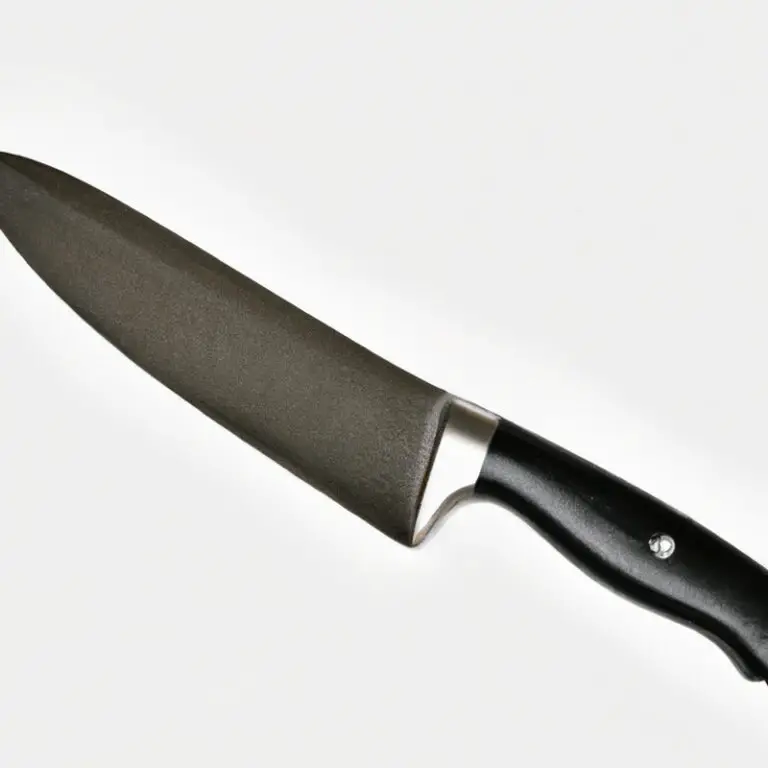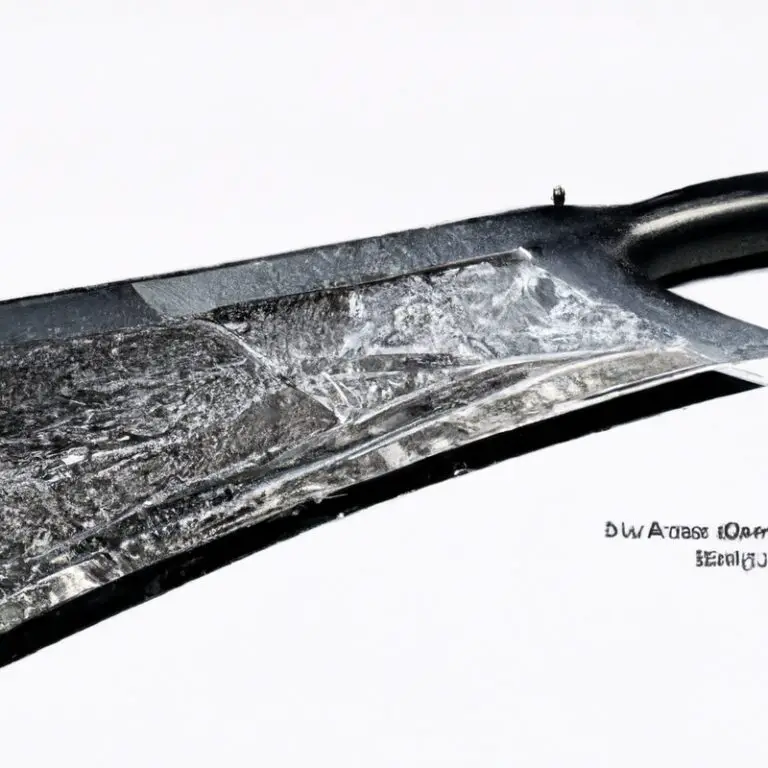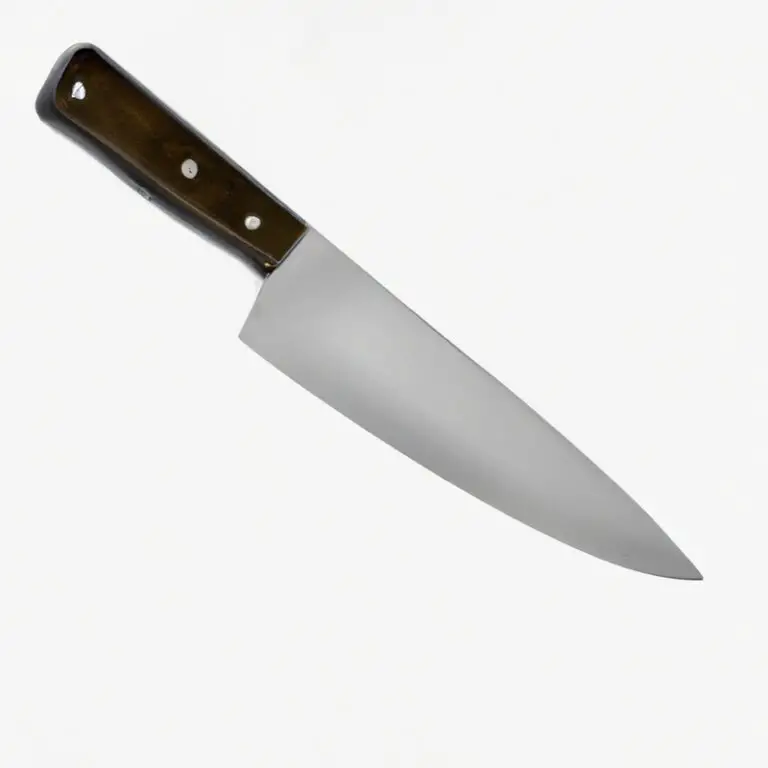How To Remove The Pin Bones From a Fish Using a Fillet Knife? Easy Peasy!
Key Takeaways:
- Use a sharp fillet knife to cut along the pin bones of the fish, being careful not to remove too much meat.
- Tug gently on the bones with fish pliers or tweezers to loosen them from the flesh and remove them.
- Practice regularly to develop your filleting skills and make the process quicker and more efficient.
- Removing pin bones not only improves the presentation of the fish but also enhances its texture and flavor.
Do you love cooking fish, but find it challenging to remove those pesky pin bones? Don’t worry, you’re not alone! Removing pin bones from a fish can seem daunting, but with the right technique and equipment, it can be a breeze.
In this article, I’ll guide you through the process of removing pin bones using a fillet knife, step-by-step.
From preparing the fish to locating the pin bones and making the cut, I’ve got you covered. So, let’s dive in and make the process of filleting fish at home easy and enjoyable!
| Steps | Description |
|---|---|
| Step 1 | Lay the fish fillet with the skin-side down on a cutting board. |
| Step 2 | Identify the location of the pin bones. These bones extend from the center of the fillet towards the edges. |
| Step 3 | Insert the tip of the fillet knife perpendicular to the bones, just above the bones’ tips. The bones have a V-shape, so the knife should go in between the two prongs. |
| Step 4 | Use a sawing motion with a slight downwards angle to cut the bones out. |
| Step 5 | Run your fingers along the cut to ensure all the pin bones are removed. Repeat the process on the other side of the fillet. |
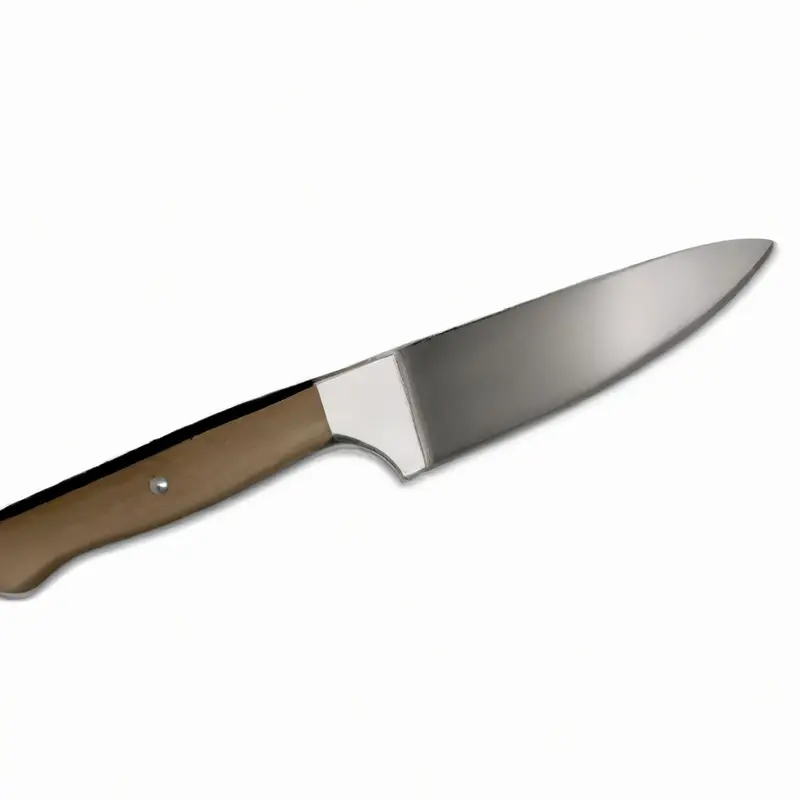
Get the Right Equipment
To effectively remove pin bones from a fish, you need the right equipment. Firstly, you will need a sharp fillet knife with a flexible blade.
The flexibility allows you to slide the knife between the bones without damaging the fish.
Additionally, a cutting board with a non-slip surface will ensure that you are working on a stable surface without risking injury or the fish sliding around. Next, a pair of needle-nose pliers will be necessary for removing the bones once you have located them.
Tweezers can work for this purpose as well.
Alternatively, a fish bone pliers tool can make the process easier and more efficient. And of course, don’t forget about gloves to protect your hands during the filleting process.
Nitrile gloves are recommended as they are thin but durable and will not interfere with your grip on the knife.
Having the right equipment will ensure a successful and safe pin bone removal process, allowing you to enjoy your fish without worry or annoyance.
Preparing the Fish for Filleting
Before you can remove the pin bones from a fish using a fillet knife, you need to make sure the fish is prepared for filleting. Start by scaling the fish and removing its head and tail.
Next, use a sharp knife to make a cut down the belly of the fish, from the head to the tail.
Open the fish and remove the innards, then rinse the fish in cold water and pat it dry. It’s important to have a clean work surface and sharp tools when preparing the fish.
A dull knife can slip and cause injury, and a dirty work surface can contaminate the fish.
Make sure to wash your hands and all equipment thoroughly before beginning. Once the fish is cleaned, you can begin to locate the pin bones.
These are small, needle-like bones that run along the center of the fish’s fillet.
Gently run your finger over the fillet to find any bones that need to be removed. Making a cut around the pin bones will make them easier to remove.
Use a sharp knife and make a shallow incision on either side of the pin bones, about 1/4 inch deep.
After making the cuts, use your fillet knife to gently lift and remove the pin bones. You can use your fingers or a pair of pliers to pull out any remaining bones.
Taking the time to properly prepare the fish for filleting will make the process of removing the pin bones much easier and safer.
Remember to always use caution when working with sharp knives and fish, and enjoy the fruits of your labor when you’re finished.
Locate the Pin Bones
Locating the pin bones in a fish is important before removing them using a fillet knife. Pin bones are tiny, Y-shaped bones that run along the length of the fish near its spine.
To locate them, run your fingers along the fillet until you feel a slight bulge or a row of bumps.
These bumps indicate the location of the pin bones. Once you’ve located them, use the tip of your fillet knife to cut on either side of the bones, making sure not to cut too deep into the flesh.
This will make it easier to remove the bones without damaging the fillet.
Make a Cut Around the Pin Bones
To remove the pin bones from a fish using a fillet knife, you need to make a cut around the bones. Start by identifying the row of bones using your fingers.
Once you have located the pin bones, use a sharp fillet knife to make a cut on either side of the row to separate it from the fillet.
Be careful not to cut too deep, as this can damage the fillet. The pin bone section can then be lifted out.
It’s essential to make a clean cut, so you don’t leave any bones behind.
Practice makes perfect, so take your time and be patient. Once you have successfully removed the pin bones from one fillet, use the same technique on the remaining fillets.
Remove the Pin Bones
Removing the pin bones from a fish is an essential step towards achieving a perfectly filleted fish. The pin bones are located in the centerline of the fish, and they can be easily removed using a fillet knife.
To remove the pin bones, make a cut around them using the tip of the knife.
Once you have scored the fish, gently lift the pin bones with your fingertips and use the knife to cut them out of the flesh. Ensure that you remove any remaining bone fragments, as they can be dangerous if consumed.
Removing the pin bones may take some practice, but with time, it will become easier and more efficient.
When filleting a fish, it’s essential to pay attention to the bone structure to ensure a clean and safe fillet.
Check for Any Remaining Pin Bones
After removing the pin bones, it’s crucial to check for any remaining bones before cooking the fish. Use your fingers to run over the fillet’s surface, feeling for any small bones that might have been missed.
If you find any, use your fillet knife or tweezers to remove them.
Taking the time to check for remaining pin bones ensures a safe and enjoyable eating experience for you and your guests.
Practice Makes Perfect
Practice makes perfect when it comes to removing pin bones from a fish using a fillet knife. It takes time and experience to master the technique and develop the necessary skills.
Don’t get discouraged if you don’t get it right the first time.
Keep practicing, and you’ll get better with each attempt. Remember to use a sharp fillet knife, be patient, and take your time.
It’s better to go slow and steady than rush and make mistakes.
Additionally, watch videos or read guides to learn different techniques and tips that can help improve your filleting skills. With enough practice, you’ll soon be able to remove pin bones like a pro.

Tips for Filleting Fish at Home
- Use a sharp fillet knife: A sharp knife is essential for clean cuts and making the filleting process faster. Ensure the blade is flexible and easy to maneuver.
- Clean the fish properly: Rinse the fish under cold water and pat dry before filleting. Remove scales, if any, to prevent them from interfering with the fillet.
- Choose the right cutting surface: A sturdy and clean cutting board is ideal for filleting fish. Avoid using glass or ceramic surfaces as they dull the blade.
- Cut along the spine: Run the knife along the spine of the fish, using the bones as a guide. This ensures you get a boneless fillet that is easy to cook.
- Use lateral movements: Employing delicate side-to-side movements while cutting helps you navigate the fish ribs and other bony parts, ensuring a smooth and even fillet.
- Remove the skin: Gently hold the fillet by its tail and use the knife to separate the skin from the flesh. Cut at a 45-degree angle to ensure you don’t lose any flesh.
- Be patient and practice: Filleting fish takes practice, so don’t rush yourself. With time, you’ll become skilled and quick at it.
- Keep your work area clean: Properly dispose of fish scraps and wash your hands, knives, and cutting board with hot, soapy water after filleting.
- Consider hiring a professional: If you’re not confident in your filleting skills, consider taking your fish to a professional fillet house. This can save you time and produce better results.
By following these tips, you can easily fillet fish at home like a pro, minus the bones.
Consider Hiring a Professional
If you are still uncomfortable removing the pin bones from a fish after practicing, or if you simply want an expert to handle the task for you, consider hiring a professional. A professional fishmonger or chef will have the experience and skills necessary to quickly and efficiently remove the pin bones without wasting any of the meat.
While it may cost more than doing it yourself, the peace of mind and saved time may be worth it for some individuals.
It is important to research and choose a reputable professional who uses high-quality equipment and maintains proper hygiene practices in their work.
Cleanup When You’re Finished
Once you’ve successfully filleted your fish and removed the pin bones, it’s essential to clean up thoroughly. This ensures that your workspace remains hygienic and safe from any bacteria or germs lingering on the fish.
Dispose of the fish remains and bones appropriately.
Wrap them up securely in a plastic bag and throw them away in a closed garbage bin. Wash your fillet knife and cutting board with warm water, soap, and a rough sponge.
Then rinse with hot water and dry with a clean towel.
Store your fillet knife in a safe place, making sure it’s out of reach of children or pets. Lastly, wash your hands with soap and warm water to eliminate any germs.
By following these simple cleanup steps, you can ensure a safe and hygienic workspace and prevent any cross-contamination between raw and cooked fish.
Final Verdict
Removing pin bones from a fish can be a challenging task, especially if you are doing it for the first time. Following the steps outlined in this article will help you remove the pin bones successfully and with ease.
Remember to use the right equipment, prepare the fish properly, locate the pin bones, make a cut around the pin bones, remove the pin bones, check for any remaining pin bones, and practice regularly.
By doing so, you will become more confident in your skills and master the art of filleting fish like a pro. However, if you do not feel comfortable doing it yourself, it is always an option to hire a professional to do it for you.
Finally, always remember to clean up after you’re finished to maintain a clean and hygienic kitchen.
With these tips in mind, you can be confident in your ability to remove the pin bones and fillet a fish like a pro.

